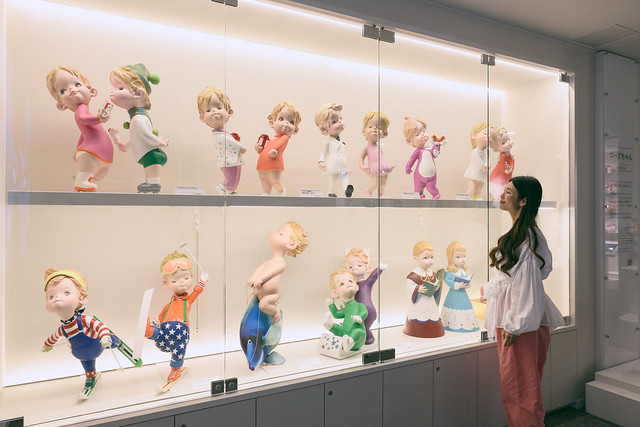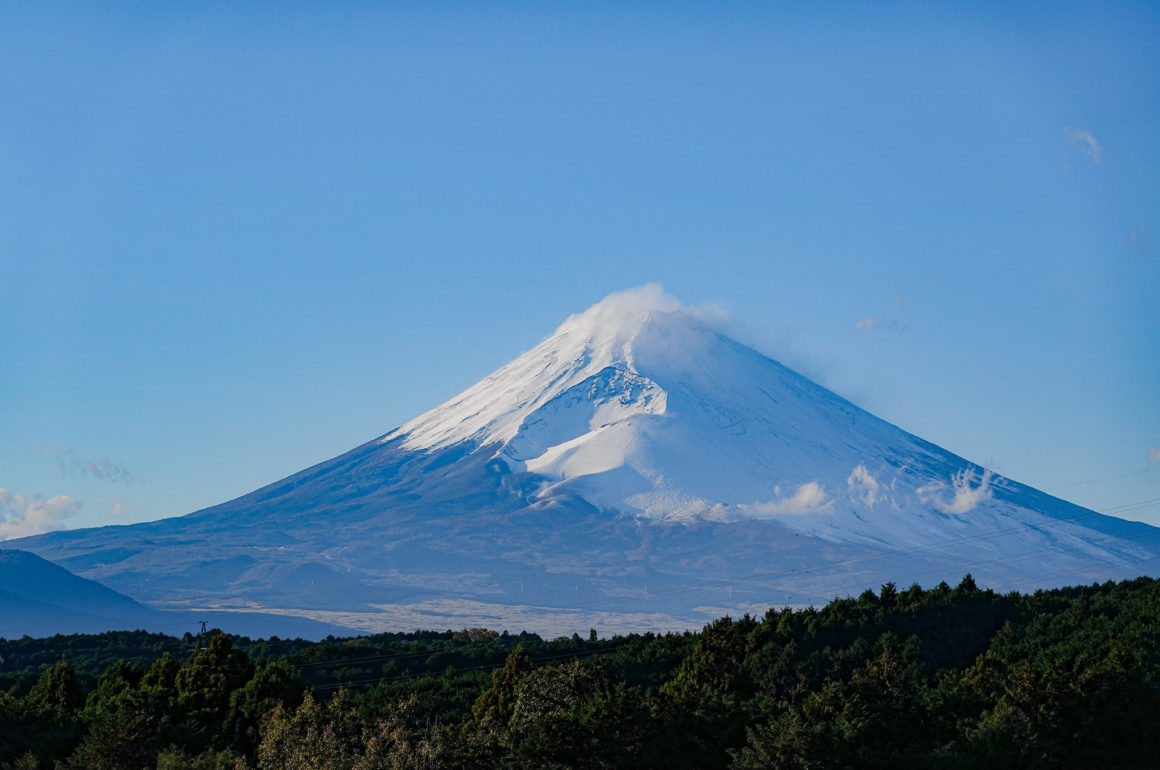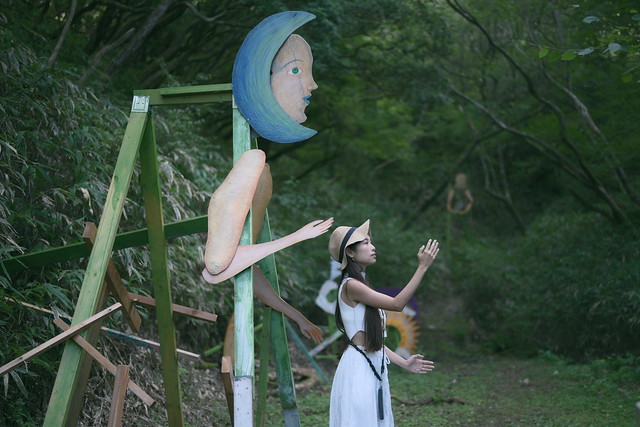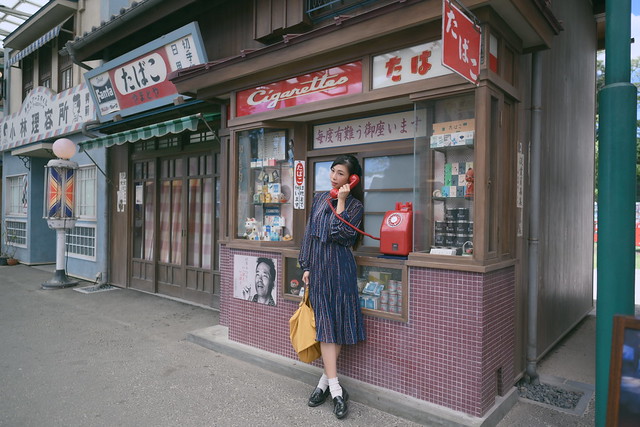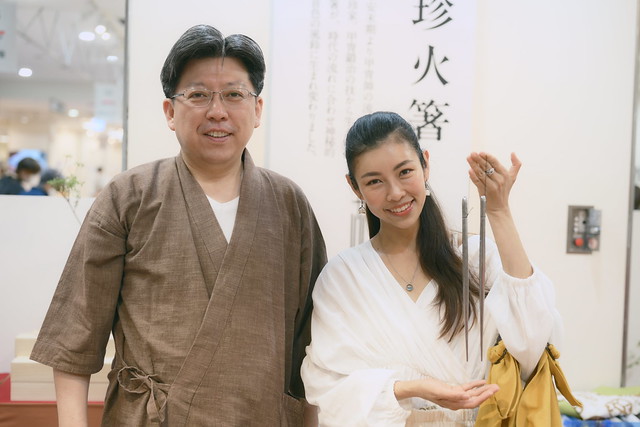
I have introduced Takashimaya a number of times on my blog and social media (particularly here and here) highlighting the timeless allures of this iconic departmental store.
However, the special event I recently attended allowed me to appreciate Takashimaya, and subsequently Japan, from a broader and more profound perspective. It was an incredibly heartwarming experience.
The event was “43rd Japan Traditional Craft Exhibition”, held at Nihombashi Takashimaya S.C. in Tokyo, from 15-20 May, 2024.
Although the event has concluded, Takashimaya will continue to host similar exhibitions periodically. In fact, this was the 43rd iteration of this event. In this article, I aim to give you an overview of what it was like, hoping to inspire you to visit future exhibitions.
Made in Japan
I have often emphasized the value of products made in Japan for several reasons. First, Japan upholds some of the world’s strictest safety standards, reflected in its meticulously crafted goods. Second, I aim to support locally made products and, more broadly, the country that has significantly enriched my life.
Protecting Japan’s Traditional Legacy
Japan is renowned for its profound cultural heritage and meticulous craftsmanship, where traditional arts have been preserved and perfected over centuries, or even millennia. While we know this, it is not an everyday affair to get to meet the passionate craftsmen who often work tirelessly and quietly behind the scenes.
I am incredibly thankful to Takashimaya for providing this once-in-a-lifetime opportunity for a commoner like me to meet not just one but many shokunin (craftsmen) from all over Japan and witness firsthand how their beautiful crafts are made by hand, on the spot.
Meeting Shokunin From All Over Japan
This year, the exhibition featured an impressive array of artisans dedicated to mastering their crafts, ranging from pottery and lacquerware to textiles and metalwork. Craftsmen hailed from the Tohoku region in the north to the Kyushu region in the south, all gathered at one venue—the 8th floor of Nihombashi Takashimaya S.C.’s main building.
I have met many of them, and despite the impression that Japanese shokunin are usually rather shy and quiet being so concentrated on their crafts, I was delighted to find myself chatting non-stop with so many of them who are more than eager to show their burning passion across to anyone who shows a genuine interest.
Here are some of them I have met and let me share some little stories about them with you.
Hyogo Prefecure: Myochin Hibashi

This is Myochin-san from the Myochin family, who had been crafting Japanese warrior armor since the Heian period (about 900 years ago!), until Meiji Period (about 140 years ago), and now are using the same technology to produce items such as fire tongs.
“Myochin” (明珍) means “bright and rare,” a family name gifted to them by the emporer for crafting exceptional armor for generations.

Alas, for better or worse, Japan is now a peaceful country, which unfortunately means the demand for armor has dwindled. But Myochin-san innovated, turning the armor’s material into, for example, a vivid, realistic decorative lobsters and more with his magic hands.

He also found new uses for refined iron originally used for armor making, including wind chimes, singing bowls, flower stands, and more. If you have a chance, Myochin-san will invite you to listen to the ethereal musical delight that his “hibashi” (metal chopsticks for handling burning charcoal) make.
Miyazaki Prefecture: Kagura Mask

Have you ever been to Amanoiwato Shrine of Takachiho region, the legendary spot where Japan’s sun goddess, Amaterasu, was said to have hidden in a cave? I have, and I have also watched the night kagura performance at nearby Takachiho Shrine. I felt incredibly honored to meet one of the last craftsmen carving the wooden masks used in Takachiho’s kagura performance.

If you go to Miyazaki, Takachiho region is a must-visit. Once you understand the tale of Amaterasu and her entourage, you will have a much deeper appreciation for such intricate art dedicated to a sacred ceremony.
Fukui Prefecture: Janome Umbrella

Upon meeting Hashimoto-san, I was immediately struck by his sophisticated and suave presence. He greeted me by selecting an umbrella that perfectly suited my taste—the very one that had initially caught my eye (how did he know?).

The wonders of these Fukui-made umbrellas cannot be fully communicated through mere words. Hashimoto-san crafted these umbrellas with everything in consideration, not just aesthetically but also functionally, including ergonomics for people with arthritis and reducing wetness in trains and buildings on rainy days. This truly reflects Japan’s omotenashi spirit at its finest.
Tokyo: Hand-planted Brushes

This is one of my favorites. I was delighted to see how these brushes are made in real life because I own a few of them! I wish I had asked for the craftsman’s name; he didn’t have any social media account, and I don’t know what his brand is called (the toothbrushes only say “sakura”). The way he hand-plants assorted animal hair (boar, horse, etc.) on the brushes was mind-blowing.
It makes me think about how much technology has cornered these precious crafts into extinction with mass production, but this is exactly why we need to support them even more!

I’ve been using boar/horse hair toothbrushes for a few years now. First, I don’t want hormone-disrupting microplastics in my mouth, so I choose natural materials for items that contact my body. Brushes are one example. The boar-hair hairbrush I own gives the best shine to my hair and reduces static. These high-quality, durable brushes reduce the number of disposable plastic bristle toothbrushes since I bring them with me on my travels. They are incredibly affordable, only 400+ yen per toothbrush, and you can choose the softness of the bristle.
Nagano: Wooden Comb

If you’re a fan of Japanese period dramas or have admired paintings of ancient Japan, you might have noticed the exquisite combs often held by princesses in the Imperial Court. 
Yes, these combs are handmade. Each tooth, each groove, is carved with precision, one by one.
Hyogo: Handwoven Wicker Bag

I’ve previously showcased Toyooka Kaban on my social media (search #cheesieinHyogo on my Instagram), but witnessing a wicker bag being hand-woven in person was a first for me. This unique experience was made possible by Terauchi-san from Takumi Kougei, who demonstrated the intricate art of weaving these elegant bags right before my eyes.

These lovely handwoven bags are made from “koriyanagi,” a type of willow grown in the Toyooka region of Hyogo Prefecture. I couldn’t resist buying two wicker baskets, which have maintained the same price for the past ten years. This price stability is intentional, as these baskets are still used by nursery children, and the makers wanted to keep them affordable.
Yet another reason why Japan deserves all our love and support…
While I wish I could cover all the craftsmen and their masterpieces in this article, this would quickly become a lengthy book. Instead, I will briefly introduce some other traditional crafts featured in the exhibition.
Shiga: Warosoku


These exquisite candles are handcrafted by artisans using a traditional method and made entirely from 100% natural sumac wax. This not only renders them odorless but also versatile for a variety of uses.
Fukui: Ittobori Carving

This woodcarving technique is renowned for its dynamic and lifelike representations, capturing deities, animals, and human figures with remarkable detail.

Intriguingly, what appears to be a soft furoshiki cloth is actually a meticulously carved piece of wood—a surprising and delightful twist.
Akita: Wagewappa

I had the opportunity to experience magewappa crafting firsthand during my visit to Odate City, renowned for its exceptional woodcraft from Akita. These stunning bento boxes, crafted from cedar trees over 100 years old, not only preserve the flavors of food with its excellent thermal insulation and moisture absorption, but also enrich the experience with their beautiful texture and the wood’s natural, earthy fragrance.
Yamagata: Shinaori

The exquisite hats from Shinaori Ishida are indeed an investment, but witnessing the meticulous process of crafting each thread from tree bark instills a deep appreciation for the artisans dedicated to preserving one of Japan’s oldest fabric traditions.
Iwate: Nanbu Tekki

Detailing the meticulous and labor-intensive process behind crafting these elegant cast iron pots and kettles would merit a separate blog post. However, for enthusiasts, attending an exhibition like this offers a profound insight into the art of metalwork, a craft that has been a source of pride in the Northern region of Japan for over 400 years.
Yamanashi: Koshu Inden

I first encountered these elegant lacquered deerskin products in a souvenir store at the charming hamlet of Oshino Hakkai in Yamanashi Prefecture. These soft yet sturdy leather crafts are popular for wallets, coin purses, and pouches, and they are going to to last a long time.
Nara: Japanese Ink

As I passed by the booth, a wave of nostalgia swept over me. The scent emanating from these shiny, hardened ink sticks was both familiar and different. It reminded me of my calligraphy classes in elementary school, where I used to dislike the strong smell of the ink. But these sumi (Japanese ink) had a mysteriously soothing aroma!
Other Traditional Craft
To illustrate the stellar lineup of the exhibition, here are some other crafts that were showcased during the six-day event:

Obori Soma Yaki, a pottery from Fukushima, distinguished by its captivating celadon blue glaze.

Akita Ginsen Zaiku, a silver filigree art, involves using the fingertips to create patterns with thin pure silver wires, resulting in the most delicate and intricate jewelry.

Edo furin are glass wind chimes that have been crafted in Tokyo since the Edo period, adorning Japan’s summers with their colorful and charming motifs.

Botaori is a textile from Kagawa prefecture that has been passed down since the Edo period. The name Botaori means “lasting many years,” reflecting its remarkable durability. At the exhibition, you could witness the craftsman tirelessly working on his loom, demonstrating the skill and dedication involved in creating this enduring fabric.

“Kunko” are incense crafted in Fukuoka Prefecture. If you are familiar with Japan’s art of refinement, you might know about Japanese people’s enjoyment of pleasant aromas, expressed is an art form called “kodo” (the Way of Fragrance), an elegant aromatic culture enjoyed by nobles since the Heian period. This exhibition offers a chance to learn about the various blends of Japanese scents and deepen your understanding of this elegant art form.
Preserving Japan’s Disappearing Arts and Crafts
The Japanese Traditional Craft Exhibition at Takashimaya is more than just a display of beautiful objects; it is a celebration of the cultural heritage and artistic legacy of Japan. It emphasizes the importance of preserving these traditional crafts in an increasingly modernized world. Each piece tells a story of the region it comes from, the history it carries, and the artisan who created it.
I strongly recommend you to visit the next exhibition if the schedule aligns with your travel. Trust me, it will be one of the most eye opening, heartwarming experience you can have that makes you appreciate Japan in a much deeper level.
Stay tuned for the information on such event by following me on my Instagram, as well as keep an eye on Takashimaya’s website!


